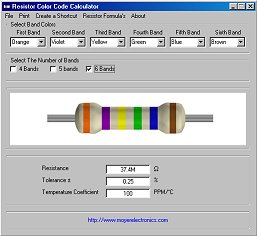

In an ideal capacitor, the charge, Q, varies only in response to current flowing externally. Understanding the Parasitic Effects In Capacitors: The E3 series is the one most frequently used for capacitors because many types cannot be made with very accurate values. Notice how this is the E3 series with an extra value in the gaps. Notice how the step size increases as the value increases (values roughly double each time). The standard capacitor values are based on this idea and they form a series which follows the same pattern for every multiple of ten. To produce a sensible range of capacitor values you need to increase the size of the 'step' as the value increases. That seems fine, but what happens when you reach 1000? It would be pointless to make 1000, 1010, 1020, 1030 and so on because for these values 10 is a relatively small difference, too small to be noticeable in most circuits and capacitors cannot be made with that accuracy. Why is this? Imagine that you decided to make capacitors every 10♟ giving 10, 20, 30, 40, 50 and so on. You may have noticed that capacitors are not available with every possible value, for example 22♟ and 47♟ are readily available, but 25♟ and 50♟ are not.

25V is a sensible minimum for most battery circuits. It the project parts list does not specify a voltage, choose a capacitor with a rating which is greater than the project's power supply voltage. The voltage rating can be quite low (6V for example) and it should always be checked when selecting an electrolytic capacitor. It is easy to find the value of electrolytic capacitors because they are clearly printed with their capacitance and voltage rating. Radial capacitors tend to be a little smaller and they stand upright on the circuit board while axial capacitors can have a lower profile on a PC board but may take up more space. There are two designs of electrolytic capacitors axial where the leads are attached to each end and radial where both leads are at the same end. They are not generally damaged by heat when soldering but can overheat and be damaged if connected with the wrong polarity. Electrolytic capacitors are polarized and they must be connected with the correct orientation, at least one of their leads will be marked with a + or.


 0 kommentar(er)
0 kommentar(er)
